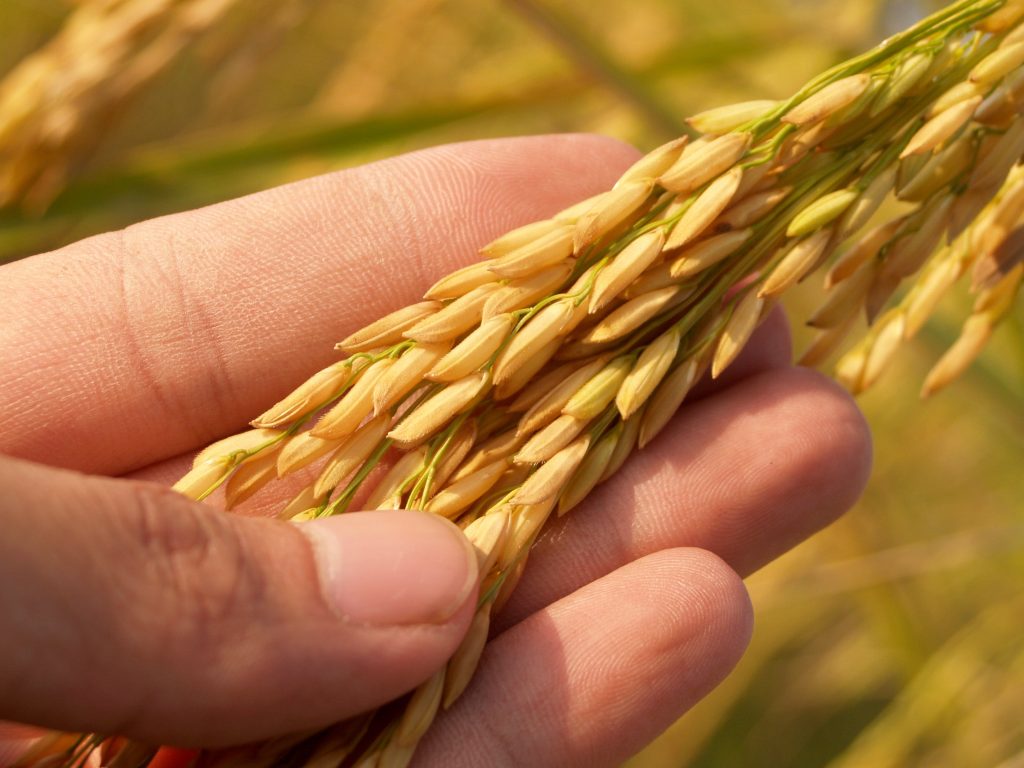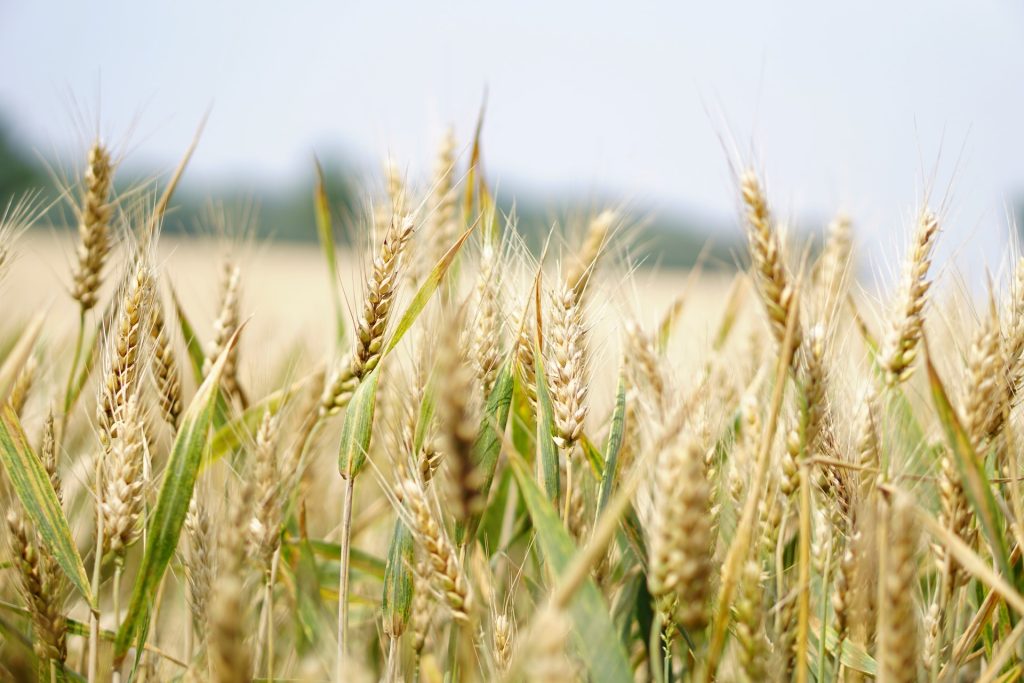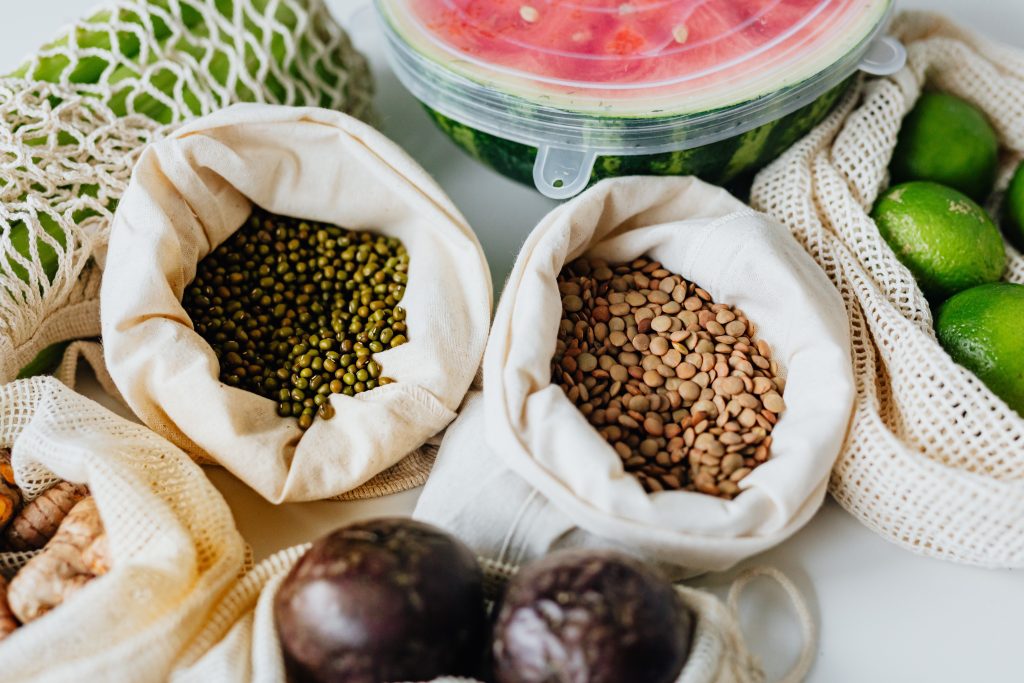Introduction
The world had already fallen behind schedule in achieving the Sustainable Development Goals (SDGs), and the pandemic has accelerated this trend, thus having a devastating impact on both individual lives and livelihoods as well as global efforts to achieve the SDGs. Furthermore, the COVID-19 pandemic had a significant impact on the global economy in 2021, exacerbating an already threatening situation in terms of hunger and food insecurity.
The latest assessments by the Food and Agriculture Organization of the United Nations (FAO) show an estimation of 768 million people fighting global hunger.1 Additionally, the percentage of people who encounter severe food insecurity has increased from 10.9 percent in 2020 to 11.7 percent in 2021, pressuring millions of people who were experiencing moderate levels of food insecurity into severe food insecurity and – potentially – hunger. Furthermore, the war in Ukraine, which has had a negative effect on several food-importing countries, has caused food prices to soar internationally, and this trend is predicted to continue.
The average annual income and average productivity of small-scale food producers are typically lower than those of their large-scale competitors in the majority of the countries with data available. In half of these countries, women's incomes among small-scale food producers are consistently and noticeably lower than men's.
According to the FAO report, globally, 13.3 percent of food is estimated to be lost after harvest on farms, during transport, storage, wholesale, and processing levels, up from 13 percent in 2016. These percentages conceal regional and subregional improvements and declines because estimates differ greatly between (sub)regions.
The FAO report proposes analysis and trends on indicators across the following eight SDGs (1, 2, 5, 6, 10, 12, 14, and 15), emphasizing areas of progress. Hereby a summary of the relevant topics will be presented.
SDG1: No poverty
Unless prompt and significant policy actions are taken, the global goal of ending poverty by 2030 will not be attained due to the triple threat of COVID-19, conflict, and climate change. The paper highlights the rate of global poverty increased from 8.3 percent in 2019 to 9.2 percent in 2020, delaying the fight against poverty by roughly three years. Low-income nations have suffered the most, suffering a lag of eight to nine years.
Better emergency preparedness is absolutely necessary in case of future pandemics and other disaster-causing hazards. In order to design a sustainable future and prevent disasters, proactive risk reduction is essential. This is especially clear in agriculture, which supports the livelihoods of over 2.5 billion people worldwide and feeds the planet's 7.9 billion people. The report highlights the urgency of creating more resilient agricultural systems. This is emphasized by the fact that disasters are occurring with greater frequency and intensity, putting agricultural communities and the food system at risk.
SDG2: Zero hunger
SDG INDICATOR 2.1.1 Prevalence of undernourishment
Based on the report, in the past years, people who go to sleep hungry and experience moderate to severe food insecurity has increased. The growth continued in 2021 as global food systems continued to be impacted by disrupted food supply chains and economic slowdowns, limiting people's access to food in many regions of the world. Overall, the pandemic may have added up to 210 million more people to the group of those who experience hunger.
‘'The number of undernourished persons has risen sharply over the past two years, with up to 828 million people in the world facing hunger in 2021.'' (FAO, 2022)
Figure 1 illustrates the prevalence of undernourishment worldwide. In 2021 the proportion of people who are hungry is the highest in Africa (20.2%), and it has grown the most since the SDGs agenda was introduced in 2015 (+4.4 percentage points). In Asia (9.1%), Latin America and the Caribbean (8.6%), and Oceania (5.8%), the percentage is lower than it is in Northern America and Europe, where it remains below 2.5 percent (i.e. the lowest value that can be reliably reported using current estimation methods). The situation has significantly deteriorated globally in comparison to 2015.
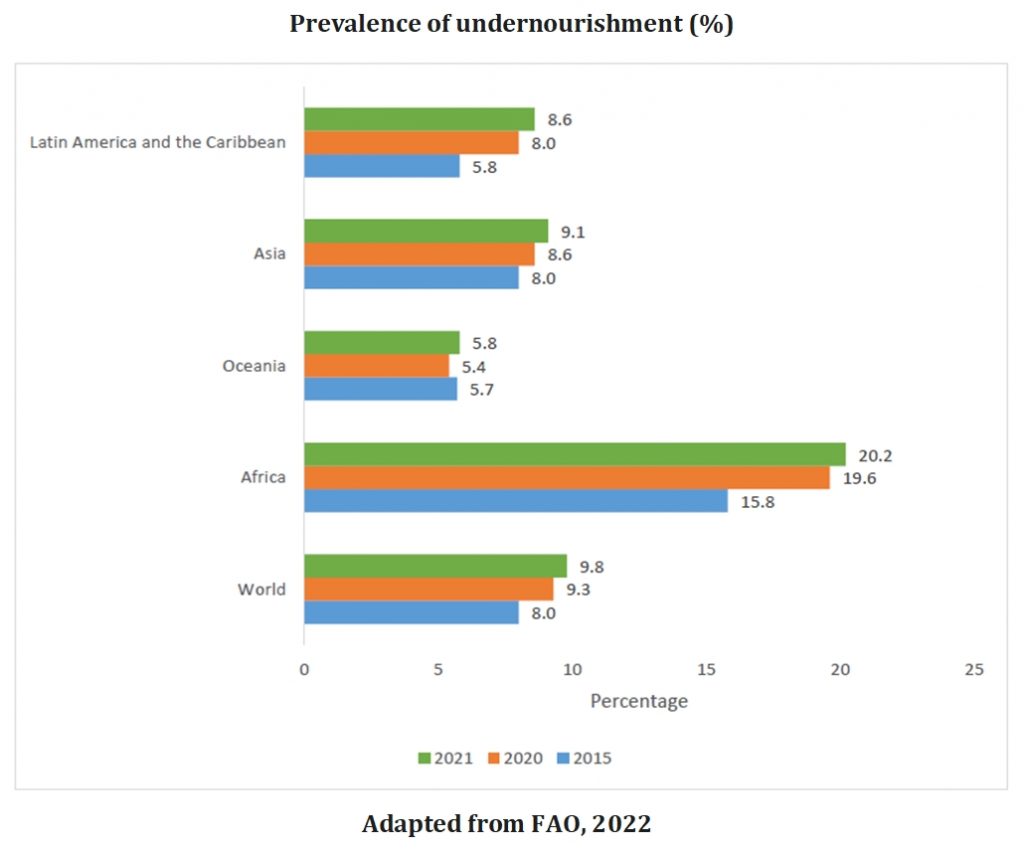
SDG INDICATOR 2.1.2 Prevalence of moderate or severe food insecurity
The article highlights that severe food insecurity increased significantly, from 10.9 percent in 2020 to 11.7 percent in 2021. These figures deliver compelling evidence that the pandemic has harmed people's ability to access food, particularly those who were already struggling. Millions of people who had moderate food insecurity were pushed into severe food insecurity – and perhaps hunger.
As in previous years, Africa had the highest rates of food insecurity, particularly in Sub-Saharan Africa, where nearly two-thirds of the population (63.2 percent) was food insecure in 2021. Nearly half, or 26.2 percent of Africa's total population, was severely food insecure in the same year. On the other hand, Latin America, the Caribbean, and Southern Asia had escalating high rates of moderate and severe food insecurity (both at 40.6 percent).
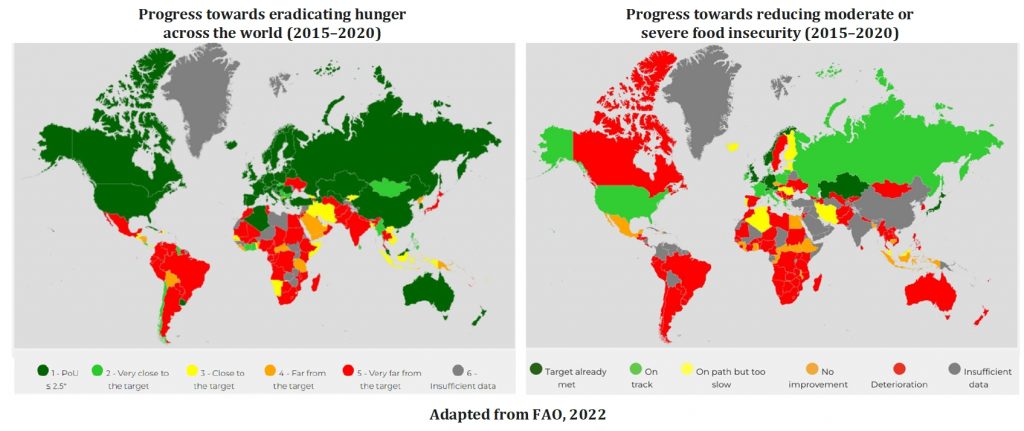
SDG5: Gender equality
The report argues that although some areas of gender equality have recently seen improvements, the goal of achieving complete gender equality in all spheres of life—economic, social, and political—remains unmet. This is true for rights to secure tenure and/or ownership over agricultural land, which are crucial for determining access to credit and other financial services and necessary for surviving crises like the current pandemic. Although women make up a sizable portion of the agricultural labor force in developing nations, they are less likely than men to own their land or have other types of legally secure tenure.
Access to land is a crucial factor in determining the socioeconomic circumstances of people who depend on agriculture for their livelihood, directly affecting their income, food security, and nutrition. According to the limited data on access to land available at the global level, the lack of ownership and/or secure tenure rights over agricultural land is a problem for many of the men and women engaged in agricultural production.
Additionally, because they have less access to resources, opportunities, and information, women are frequently more vulnerable to food insecurity. From the standpoint of nutrition, the widening gender gap is also extremely concerning because, in 2020 and 2021, the rising food insecurity among women will probably have a negative impact on nutritional outcomes in the short, medium, and long term. Without addressing gender inequality, it will be impossible to achieve food security and nutrition goals.
SDG6: Clean water and sanitation
One of the most fundamental human needs, access to clean water, sanitation, and hygiene is essential for good health and well-being. Due to swift population growth, urbanization, and rising water requirements from the agricultural, industrial, and energy sectors are all contributing to an increase in demand for water. According to the FAO report, water stress has been made worse by years of abuse, poor management, excessive groundwater extraction, and tainted freshwater supplies in many parts of the world, and by 2030, billions of people will still be unable to access these basic services.
Additionally, 2019 saw high levels of water stress in Southern Asia and Central Asia (76.5 percent and 80.3 percent, respectively), whilst Northern Africa experienced critical water stress (120.5 percent). Between 2015 and 2019, there was an increase in the global water stress level of 0.3 percentage points thus, urgent and effective steps must be taken in these areas to preserve water and improve its use efficiency.
SDG10: Reduced inequalities
The agricultural sector is more strictly regulated than the manufacturing and natural resource sectors. Therefore, most international trade in agricultural products is subjected to sanitary and phytosanitary regulations, technical trade barriers, and more conventional non-tariff measures like quotas or pricing mechanisms.2 Since agriculture is more important to the economy in low-income countries, the overall use of non-tariff barriers in agriculture has a greater impact on these nations. Additionally, non-tariff sanctions also frequently have a greater impact on Latin American, Eastern African, and Southern Asian nations, whose export baskets are heavily skewed toward agricultural goods.
According to the report, between 2015 and 2020 there has been registered a constant share of products exported by least-developed countries (LDCs) and could enter duty-free international markets. Furthermore, this percentage has increased for developing countries. In the same time frame, the percentage of agricultural exports from LDCs, and emerging nations that could enter international markets duty-free rose from 50.8 to 54.5 percent and from 69 to 72.3 percent, respectively.
The ability of exports from emerging and least developed nations to enter international markets duty-free has increased recently, especially for agricultural goods. Nevertheless, the overall export growth from LDCs is still concerningly slow.
SDG12: Responsible consumption and production
High levels of food loss and waste are reported in nations of all income levels, calling for action along the entire value chain, from production to consumption. Estimates of global food loss are expected to be consistent between 2016 and 2020, with significant regional and subregional variations.
Based on the findings, sub-Saharan Africa has the highest regional losses, at 21.4 percent. LDCs and small island developing states (SIDS) report high losses as well, with 18.9% and 17.3%, respectively. These regions' structural shortcomings cause significant food loss in the entire supply chain. High food losses (15.1%) are also reported in Eastern and South-Eastern Asia as a result of significant losses in the value chains for fruits and vegetables. Europe and Northern America (12.3 percent) and Latin America and the Caribbean (12.3 percent) experience the lowest losses (9.9 percent). Furthermore, Western Africa has the highest loss percentage at the subregional level (24.8%), followed by Southern Africa (21.8%).
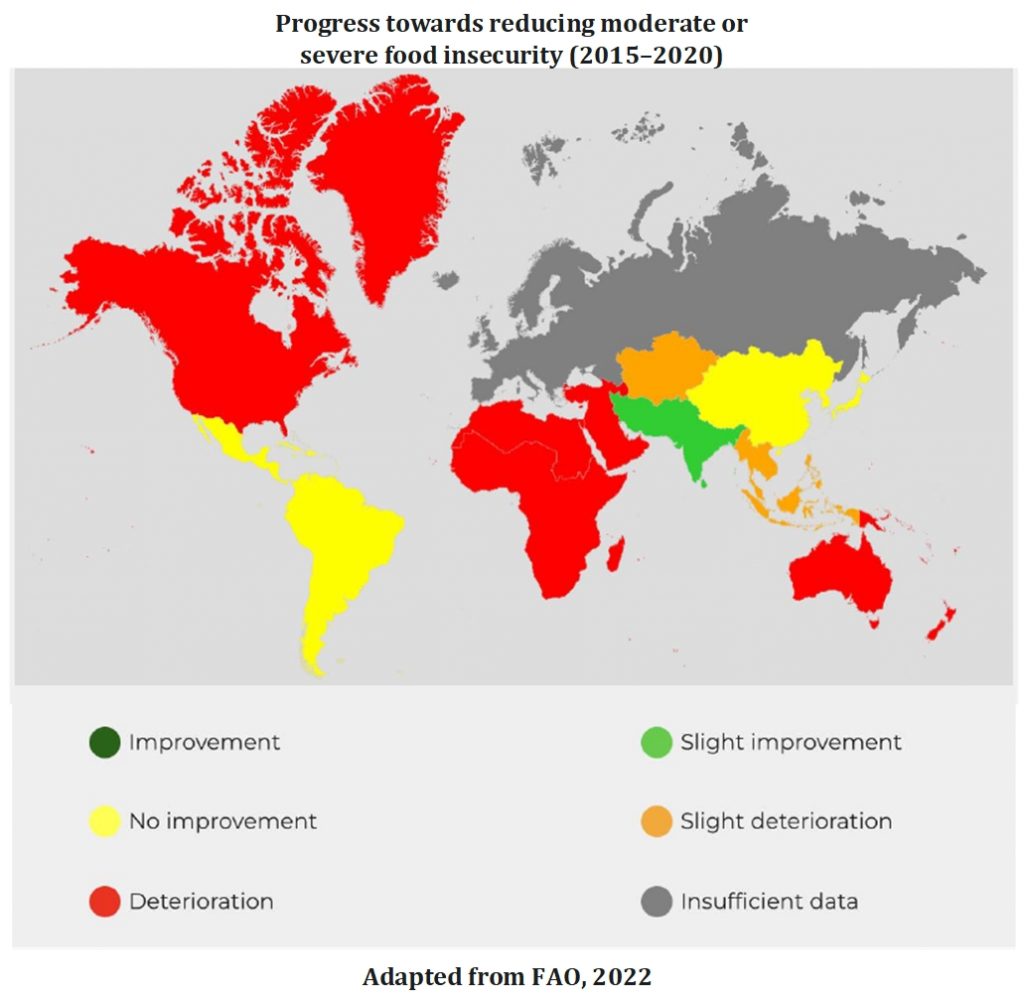
SDG 14: Life below water and SDG 15:Life on land
According to the paper, the average level of international tools to prevent illegal, unreported, and unregulated fishing have been better implemented globally between 2018 and 2022. As opposed to 70 percent in 2018, approximately 75 percent of nations in 2022 received high scores for their level of implementation of pertinent international treaties. Furthermore, the globe is moving closer to sustainable forest management despite the total loss of forests. Globally, the percentage of forests covered by certification programs, the percentage of forests located inside of protected areas, and the percentage of forests managed long-term all rose between 2010 and 2020. Nevertheless, immediate actions and prevention are still needed.
Conclusion
The article concludes that enhancing data capabilities is crucial to ensuring advancement in each of the aforementioned areas. There are still enormous data gaps, even though significant progress has been made in creating stronger data and statistical systems for SDG monitoring. Due to a lack of data, it is challenging to quantify the pace of progress across various social categories and geographic regions. Increased investments in data gathering and skills are also essential for developing the urgent steps required to implement the 2030 Agenda, as well as for predicting future needs and initiating early responses to emergencies.
Read the full article and more about iMIS Food.
Sources
- FAO. 2022. Tracking progress on food and agriculture-related SDG indicators 2022. Rome. https://doi.org/10.4060/cc1403en
- 1 FAO, IFAD, UNICEF, WFP and WHO. 2022. The State of Food Security and Nutrition in the World 2022. Repurposing food and agricultural policies to make healthy diets more affordable. Rome, FAO.
- 2 UNCTAD & WTO (World Trade Organization). 2018. The unseen impact of non-tariff measures: insights from a new database. Geneva. https://unctad.org/system/files/official-document/ditctab2018d2_en.pdf
Related articles to Progress on food and agriculture: SDG indicators by FAO
Many customers and visitors to this page 'Progress on food and agriculture: SDG indicators by FAO' also viewed the articles and manuals listed below:

